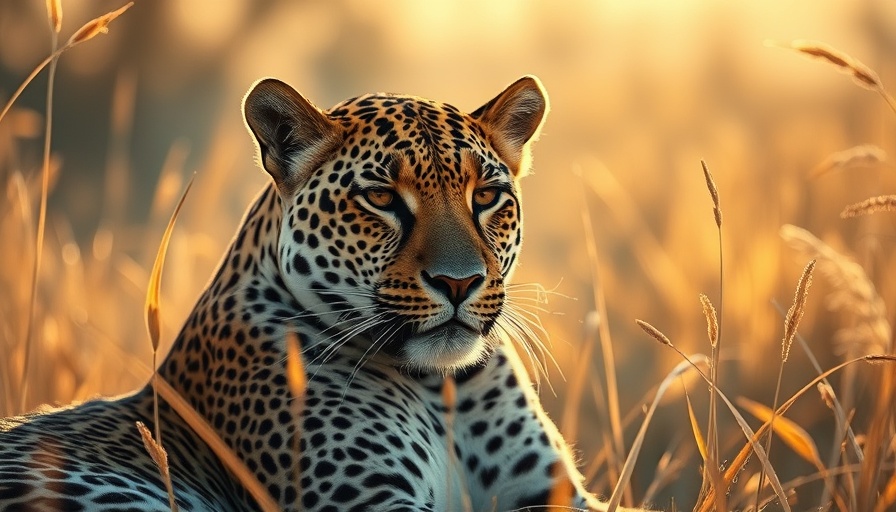
The Hidden Crisis: Leopards on the Brink
Once regarded as majestic solitary hunters, leopards have recently been labeled as "forgotten" big cats, trapped in a perilous cycle of poaching and illegal trade. With their distinctive golden disguise dotted by dark rosette spots, leopards are not just symbols of wildlife beauty, but vital contributors to the ecosystems they inhabit. Unfortunately, their survival is increasingly jeopardized by human greed and negligence.
Historical Decline: From Abundance to Extinction
Historically, leopards roamed vast regions across Asia and Africa; however, in recent decades, their habitats have shrunk significantly. Data indicates that the leopard population is particularly thriving in India, where approximately 14,000 leopards can still be found. In contrast, the wider global population is plummeting, heightening the urgency to promote awareness and protective measures.
The Trade That Targets Them
Despite existing international laws designed to protect leopards, they remain one of the most heavily traded big cat species. An alarming 8,303 trade permits for leopards have been issued between 2000 and 2024, with leopard trophies being the largest portion. The demand for their body parts in traditional medicine and home decor is driving this myopic trade, which unfortunately thrives in areas like Southeast Asia where cultural beliefs value their body parts as symbols of wealth.
Revealing the Numbers: Statistics Behind the Slaughter
According to the International Fund for Animal Welfare and data from CITES, between 2000 and 2023, about 60,830 leopard commodities were logged in both legal and illegal trade. Shockingly, nearly 91% of these commodities originated from wild leopards. The statistics significantly showcase that the demand for leopards is not only persistent but also growing, leading to their dire plight of silent extinction.
No More Silence: A Call to Action
As we gather in our high desert communities, let us remember that every species counts. Advocating for local conservation initiatives and supporting organizations dedicated to preserving wildlife can reverse this trend. By spreading awareness about the plight of leopards, we not only safeguard an iconic species but also enrich our own lives, helping to maintain the biodiversity that supports our environment.
As you explore the beauty around you, consider joining or starting a conversation in your community about protecting our wildlife. The next step we take could be the key to ensuring the survival of these magnificent creatures.
 Add Row
Add Row  Add
Add 




Write A Comment